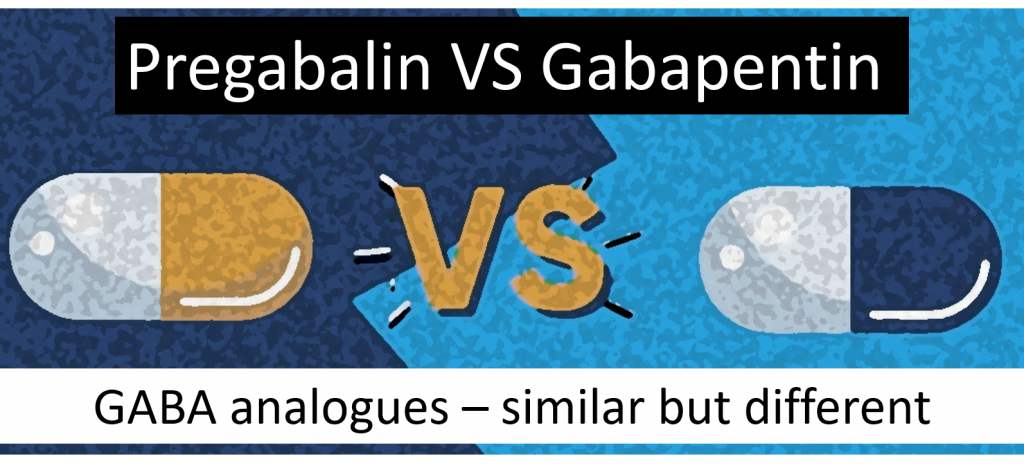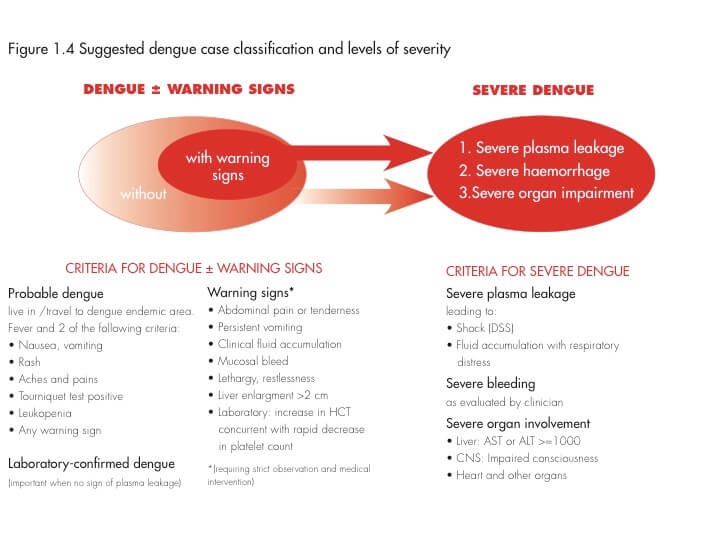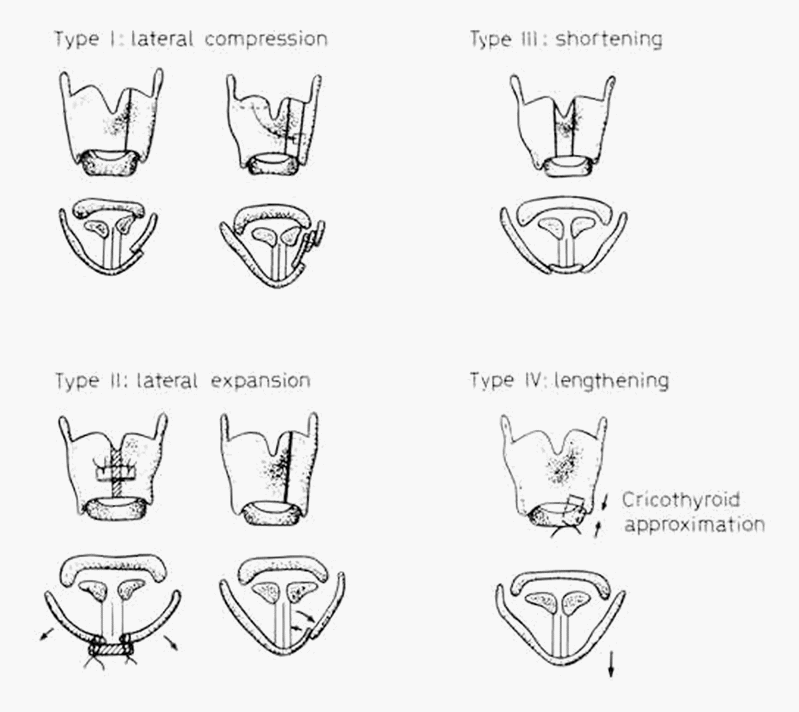Both pregabalin and gabapentin are GABA analogues that bind to presynaptic neuron’s voltage-gated calcium channels (VGCC), specifically to the alpha-2-delta protein leading to reduced calcium influx at the nerve terminals. This leads to reduced release of excitatory neurotransmitters. Though the compounds are similar they have few important differences that must be considered.
| Pregabalin | Gabapentin | |
| FDA approved indications | Diabetic peripheral neuropathy (DPN), Fibromyalgia, Postherpetic neuralgia (PHN), Partial seizures | PHN, Epilepsy |
| Time to maximal absorption | 0.8-1.4 hours | 2-3 hours |
| Oral bioavailability | >90% all doses | 35%-57% dose dependent |
| Elimination half life | 4-7 hours | 5-9 hours |
| Drug interactions | No significant drug interactions | Oral antacids reduce bioavailability by 20-30% |
| Starting dose | 2 times a day : 75-150 mg/day (dose reduction required with renal insufficiency) | 3 times a day :100-900 mg/day (dose reduction required with renal insufficiency) |
| Titration | Increase weekly by 50-150 mg/day towards maximal tolerated dose | Increase weekly by 300-900 mg/day towards maximal tolerated dose |
| Usual effective dose | 150-600 mg/day | 1200-2400 mg/day |
| Maximum dose | 600 mg/day | 3600 mg/day |
| Pharmacokinetic profile | Linear (plasma concentration is dose proportionate) | Non-linear (plasma concentration increases disproportionately to dose) |
| Onset of action | 1-2 days | 9 or more days |
| Therapeutic index | Greater (less adverse effects) | Lesser (more adverse effects) |
References and further reading:
- Gilron I, Flatters SJ. Gabapentin and pregabalin for the treatment of neuropathic pain: A review of laboratory and clinical evidence. Pain Research and Management. 2006;11(Suppl A):16A-29A.
- How Gabapentin Differs From Pregabalin (pharmacytimes.com)




